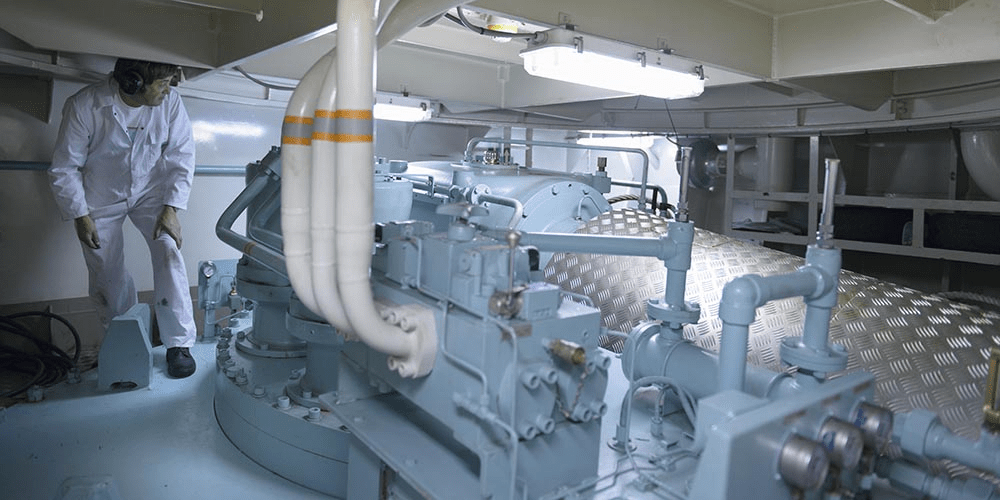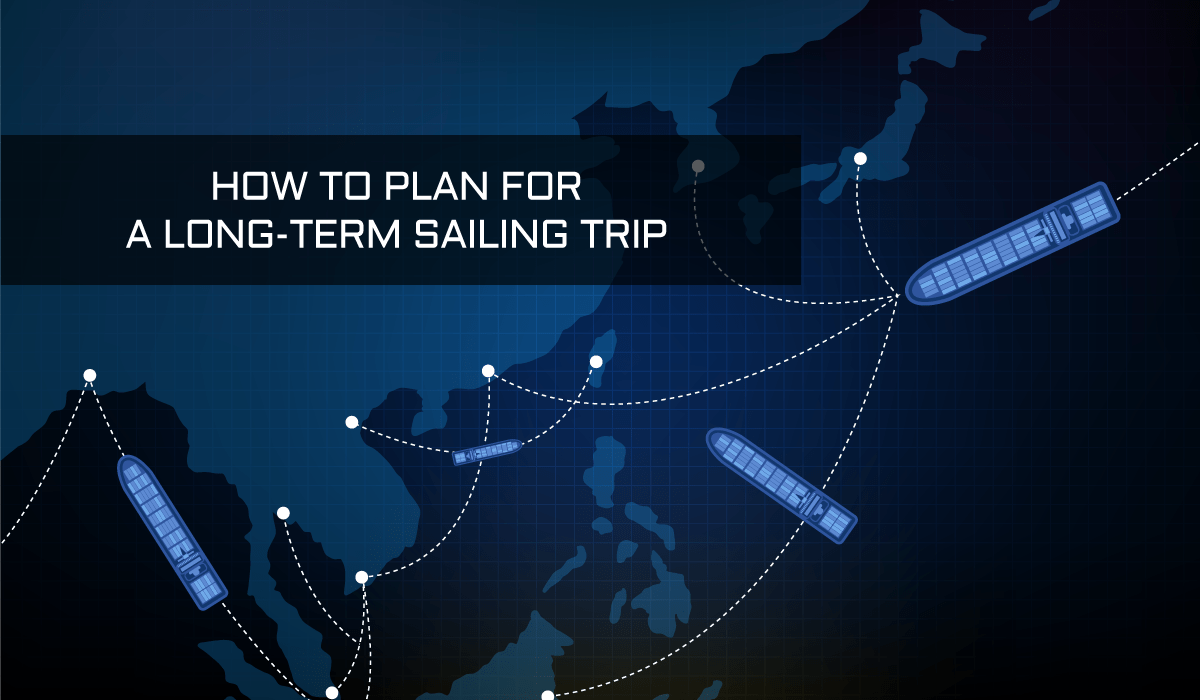Shipowners often find themselves in a position where planning a long-term sailing trip is crucial. Although that process may seem straightforward at first, there are many aspects to consider. A thorough planning checklist often goes a very long way in ensuring smooth sailing.
Start With The Basics
Shipowners need to plan long-term sailing trips ahead of time because they need to know how much fuel and supplies they will need and how many crew members they will need to complete the voyage. It may seem standard to have those details at one’s disposal well in advance, although things tend to change with maritime trips.
There are many reasons why shipowners might want to plan a long-term trip. Perhaps they need to transport goods or people long distances, or they might want to explore new areas. Whatever the reason, planning a long-term trip can be a complex undertaking. Shipowners must consider many external factors, such as the route, the weather, the cargo, and the crew. Planning a long-term trip can be difficult, but shipowners need to do it carefully to ensure a successful journey.
Provisioning
Provisioning refers to stocking up on supplies before a long-term sailing trip. That includes food, water, fuel, and any other necessary supplies.
 Source: gmlinesrilanka.com
Source: gmlinesrilanka.com
In addition, the maritime provisioning process includes the following:
- Pre-departure planning and coordination
- Loading of supplies and equipment
- Vessel departure
- In-transit monitoring
- Arrival and unloading
- Post-arrival follow-up
That process starts with the maritime provider handling the pre-departure planning and coordination. They also ensure that supplies and equipment are loaded on board on time – with the help of the ship’s staff – and verify the correct quantities and meet any special requirements.
The maritime provider also oversees unloading the supplies and equipment, checking the condition of the cargo, and ensuring quantities match initial loading numbers. Furthermore, there may be a follow-up on invoices, collecting feedback from recipients regarding item condition, etc.
Checking All The Systems
Before a long-term sailing trip, one must check mechanical ship systems, including the engine, fuel system, cooling system, and bilge pumps. In addition, the electric ship systems that need to be checked before a long-term sailing trip departure include the batteries, charging system, and inverter.
In the same process, the ship owner and crew may want to pay close attention to propulsion, electric power, auxiliary systems, integrated platform management systems, and deck machinery. If any of these aspects fails, it can trigger a cascading effect and significantly hinder a ship’s performance.
Breezemarine Group has the necessary expertise to help you with virtually all of these aspects. Moreover, Breezemarine Group offers spare parts for your ship, equipment, and various eco-solutions. We have a proven track record in the industry and continue to push for better efficiency and innovation.
 Source: dnv.com
Source: dnv.com
Contact us to see if cooperation is possible so we can source the best solution for your needs!
Check The Crew
No shipping operation is possible without a dedicated crew. So the first thing to do is to ensure all of the crucial ship positions and procedures are handled by people with the correct knowledge and experience. Second, a ship owner or captain must ensure all hands on deck know their responsibilities and assigned roles.
There are a few things that need to be taken into consideration when preparing a crew for a long-term shipping trip:
- The team should be aware of the length of the journey and the potential for boredom.
- Everyone must prepare for the physical demands of being at sea for an extended period.
- All crew members must have a plan for dealing with emergencies during the trip.
One can never underestimate the essence of the people on board a vessel. While a ship is a titanic machine, humans are the essential cogs in the machine to ensure everything keeps moving along nicely.
 Source: freightwaves.com
Source: freightwaves.com
Legalities & Documentation
The legalities and documentation requirements for ship owners regarding long-term voyages, cargo, and crew depend on the country of registration of the vessel, the flag it flies, and the nationality of the crew. In general, a ship owner must have a valid certificate of registry for the vessel, a license to operate it, and insurance for the vessel and its crew.
The owner must also comply with safety regulations and have a plan for dealing with emergencies at sea. In addition, the crew must be competent and qualified to operate the vessel and must be able to understand and follow the ship’s safety procedures.
These steps are often relatively easy to check off by following the International Maritime Organization’s regulations and requirements. In addition, ensure to go through the Ship Shore Safety, Pollution Prevent Pocket Checklist and any other documentation relevant to your ship and its journey.
Conclusion
Putting together a long-term sailing trip may seem daunting after reading this article. However, most of its aspects become common after a few trips. Having employees handling the legalities, provision, and engineering aspects of a long-term sailing trip is crucial to providing excellent service.
Breezemarine Group has a solid reputation in the maritime industry. We can connect ship owners with the right people for certain aspects of long-term vessel trips and provide much-needed mechanical, electrical, and other engineering support and solutions to ensure smooth sailing.
